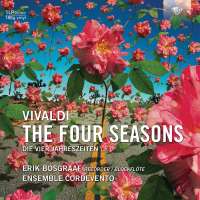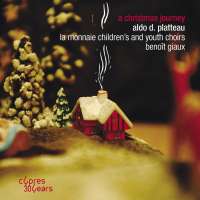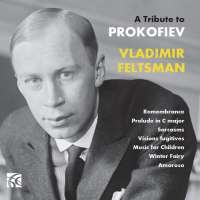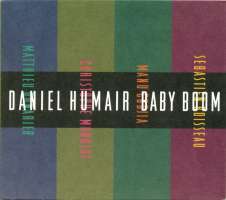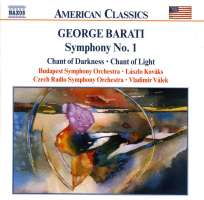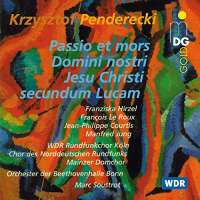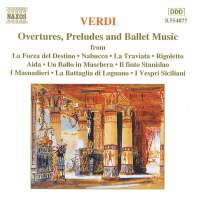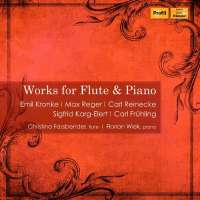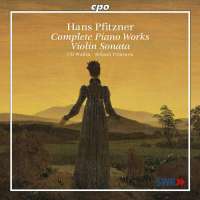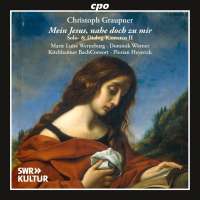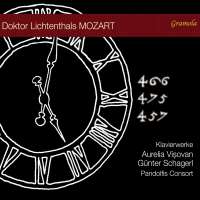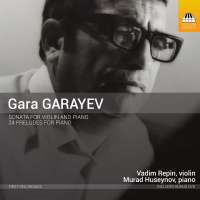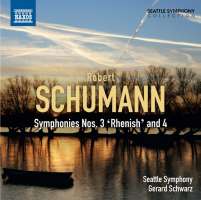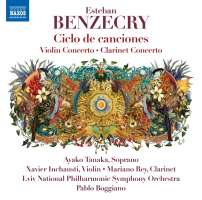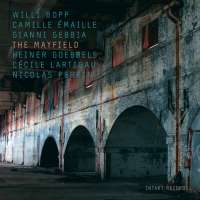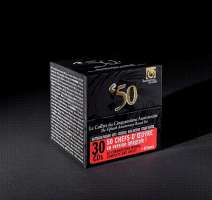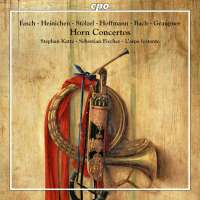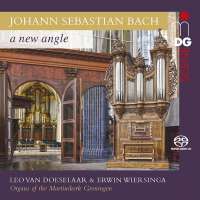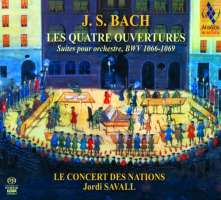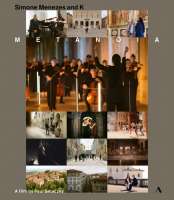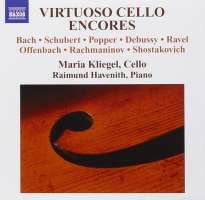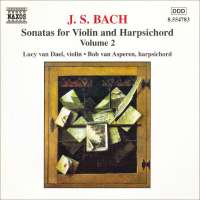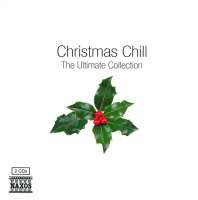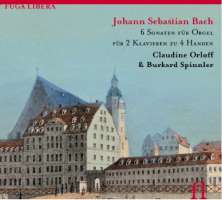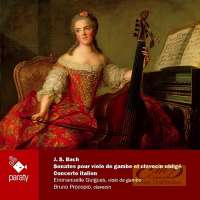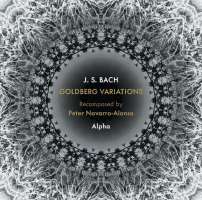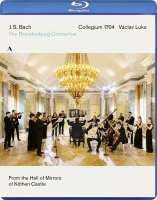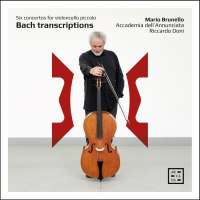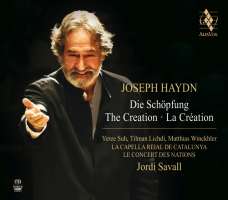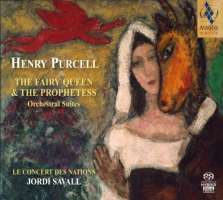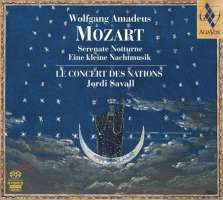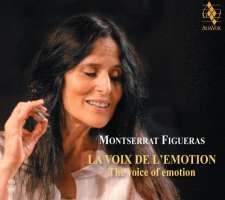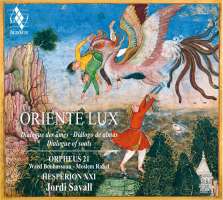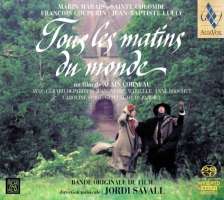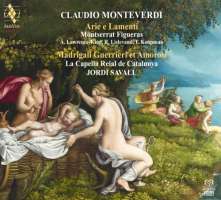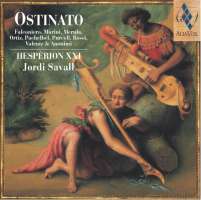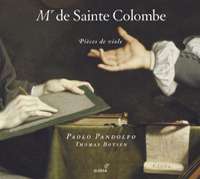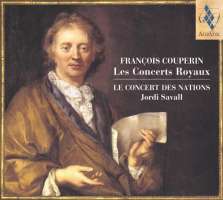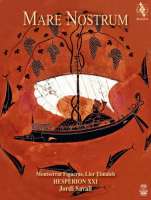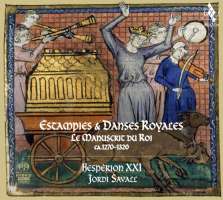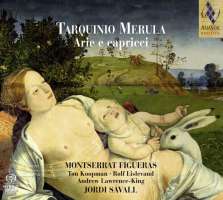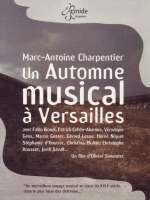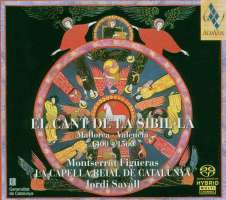
kompozytor
Bach, Johann Sebastian
tytuł
Bach: Die Kunst der Fuge BWV1080
wykonawcy
Savall, Jordi;
Hesperion XXI;
Pandolfo, Paolo
Hesperion XXI;
Pandolfo, Paolo
nr katalogowy
AVSA 9818
opis
wykonawcy :
Hesperion XX,
Bruce Dickey: cornetto,
Paolo Grazzi: oboe da caccia,
Charles Toet : trombone,
Claude Wassmer: basson,
Jordi Savall: viole de gambe soprano,
Christophe Coin: viole de gambe altus,
Roberto Gini: viole de gambe ténor,
Paolo Pandolfo: viole de gambe basse
Direction: Jordi Savall
JORDI SAVALL
Basel, 1986 / 2001
Hesperion XX,
Bruce Dickey: cornetto,
Paolo Grazzi: oboe da caccia,
Charles Toet : trombone,
Claude Wassmer: basson,
Jordi Savall: viole de gambe soprano,
Christophe Coin: viole de gambe altus,
Roberto Gini: viole de gambe ténor,
Paolo Pandolfo: viole de gambe basse
Direction: Jordi Savall
Even more than two centuries after its composition, Johann Sebastian Bach's last work, known as The Art of Fugue, remains enigmatic in some respects. After being too modern for its time of composition, being met with incomprehension by the Romantics, and being unjustifiably regarded as a purely theoretical work by some early twentieth-century musicologists, the work is now finally recognized as a pinnacle of musical creation of all time. However, this does not end the polemics, and some problems related to interpretation remain unresolved: the choice of instruments or instrumentation in general, the order of counterpoints, the problem of the unfinished fugue, and, of course, the questions of articulation, tempo, dynamics, ornamentation, etc.
From a historical point of view, two possibilities can be considered: the use of a keyboard instrument supplemented by a second one for the counterpoints 19a and b (which replace the counterpoints 13a and b), or an instrumental ensemble corresponding to the requirements of the period of composition, with which all parts can be reproduced in their original version. It can be assumed that Bach was familiar with works such as François Roberday's Fugues et Caprices a quatre parties (1666), for Forkel, his first biographer, reports that Bach had studied in detail earlier works by French organists before writing the Art of Fugue, as was customary at the time. From the preface of the aforementioned collection of Roberdays, we can take two important notes: The first concerns the fact that the existence of a four-part score does not preclude performance on the organ or harpsichord (it was customary at that time to write out contrapuntal works for these instruments in score, "because thereby the parts, though all written down together, are nevertheless distinguishable from one another, and thus the study of each individual part, but also of their relation to one another, is greatly facilitated"; the second note mentions as a further advantage of this method of recording "that in the performance of the pieces with viols or similar instruments, each finds his voice separate from the others".
Although organists and harpsichordists have repeatedly provided evidence that it is possible and absolutely appropriate to perform Die Kunst der Fuge on these instruments, there has been no attempt - as far as we know - to perform the work in an instrumentation based on a viol ensemble and an ensemble of historical wind instruments. It therefore seems important to us to rediscover this masterpiece through the sound of an ensemble for whose instrumentation the most extensive repertoire of contrapuntal chamber music was written in the sixteenth and seventeenth centuries (with works by W. Byrd, J. Dowland, O. Gibbons, H. Purcell, S. Scheidt, E. du Caurroy, E. Moulinié, F. Roberday, and others). The viol ensemble alone allows a performance faithful to the original text, and at the same time it offers a highly appropriate sound image, since the transparency and clarity of articulation of these instruments allow a balanced listening through of the different voices, without one part overpowering the other. For some fugues we have added a four-part ensemble of historical wind instruments, consisting of cornett, oboe da caccia, trombone and bassoon.
The program is comparable in its form to a double mirror, which reflects not only the development and coherence of the different pieces, but also their diversity. The instrumentation is determined on the one hand by formal criteria (emphasizing contrapuntal structures such as the imitation of the voices among themselves), and on the other hand by the character and possibilities of the instruments. In this way, the individual character of each fugue is emphasized and, furthermore, a variety is created which, with the change of timbre and dynamic intensity, facilitates the grasp of a music that is a priori difficult to hear. Its rich emotional content also allows those listeners who are not familiar with the rules of counterpoint to find an approach to this work.
JORDI SAVALL
Basel, 1986 / 2001
nośnik
SACD
x 2
gatunek
Muzyka klasyczna
producent
Alia Vox
data wydania
08-08-2006
EAN / kod kreskowy
7619986398181

(Produkt nie został jeszcze oceniony)
cena 119,00 zł
lubProdukt na zamówienie
Wysyłka ustalana indywidualnie.
Darmowa wysyłka dla zamówień powyżej 300 zł!
Darmowy kurier dla zamówień powyżej 500 zł!
sprawdź koszty wysyłki
